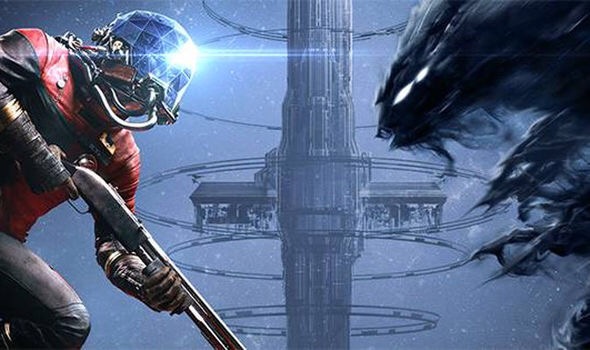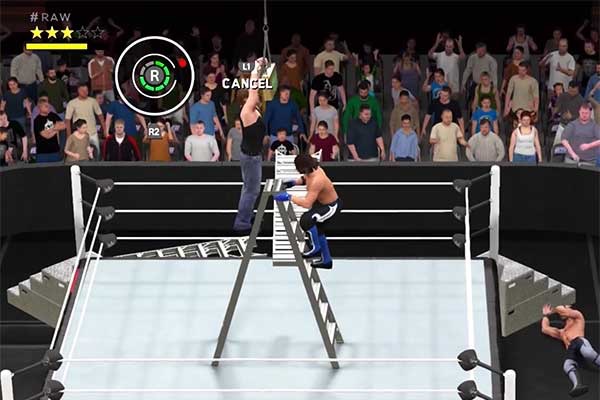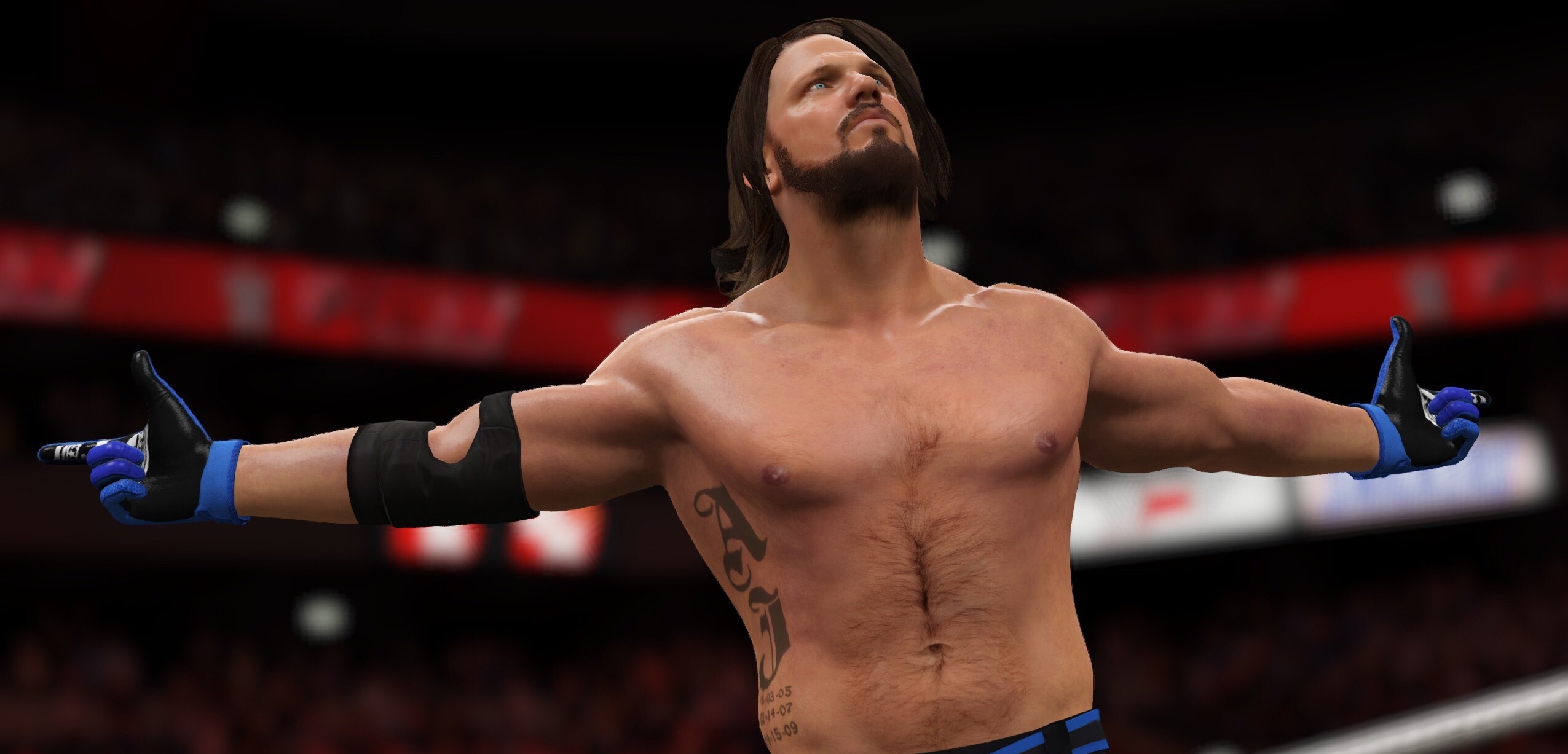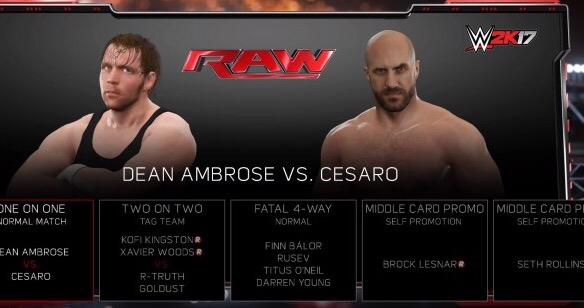I have no idea what the hell went on with Sonic. Gone are days of creativity, endless hours of fun, and the basic love of rings. Instead, we’ve gotten Poorly Design Sonic (Sonic the Hedgehog 2006), Make it Stop Sonic (Sonic Unleashed) Vertigo Sonic (Sonic Generations), Steroids Sonic (Sonic Boom: Rise of Lyric)

So when I heard SEGA was giving Sonic another spin, I cried unto the heavens screaming “why?” I hung my head in shame for what I expected would be one of the biggest gaming mistakes in 2017. It’s not often that I’m proven wrong, and it even less often that I’m willing to admit my mistakes, but this is a special case for a special game that has already captured my heart and won’t let my childhood memories die.


Sonic Mania is beautiful from the very beginning. Captivating my soul, it starts off with a 2D animation sequence that transports me to a world of the 90s and I’m a kid again… before everything went to crazy. However, Sonic Mania is more than a game. It’s a “thank you” for “hanging with SEGA despite the numerous times we’ve screwed you over.” It’s forgiveness for all the terrible things that have happened before. Though they can never promise they won’t do it again (Sonic Forces has yet to be released) here is a metaphoric rainbow.
Even the name, Sonic Mania is a perfect way to describe this game. Merriam-Webster defines “mania” as: periods of great excitement and euphoria. an excessive enthusiasm or desire; an obsession.


It’s a rare treat to see a game like this fall perfectly into this category. Why? Because while Sonic may have been created by SEGA, it feels like it was created by Sonic fans which technically is true. Developed by people who originally created Sonic fan projects, they’ve painstakingly created a homage to their childhood while adding in fresh ideas and clever gaming with an old-school flair.
As a massive fan of art, there was something special about the 16-bit Sonic and those bold bright colors. It never felt like it was trying too hard for your attention, instead, it was a sign of prestige and honor. From the very beginning, Mania has that same feeling when those bright and beautifully bold colors splash onto the screen like a Jackson Pollack painting. It whisks you away to Green Hill Zone where those familiar loops and golden rings await to be collected.
While previous Sonic games encouraged speed which often resulted in disaster for me, Mania takes the controlled chaos route. Yes, there are those uncertain crazy loops but the game also encourages you to take your time and explore. By slowing down, I’ve discovered newly added sections, secret coin locations, and opportunities to interact with the expanded environment (hey there, sexy wood chipper). There were moments when I was so lost in the game that I forgot that I had to complete the level. Once I did, I was greeted by another level that was even better than the last.

As a lover of movies and TV shows, I fell in love with the new Studiopolis level. Bouncing on film reels was a delight and the flashbulbs and music felt like a throwback to old Hollywood. Despite the randomness of the level’s inclusion, Sonic never felt out of place and the setting came off like an extension of the original game with even more exciting adventures to come.
One of my favorite new levels is easily the breathtakingly gorgeous Press Garden, which can only be described as magical. Light colors fill the screen as everything is covered with pink, airy and light colors. While I’m not a girly-girl, I was taken aback and enthralled with the level of charm that poured through my screen. Compared to Studiopolis’ darker, jazzy and more adult feel, Press Garden was screaming to whisk my troubles away onto the pink leaves that floated around Sonic. There were moments when I had to stop and just marvel at the game’s details, which quickly prompted Sonic to stare at me with his side-eye and the original “gurl, bye” foot tap (man, did I miss that stare).
As I continued playing, I noticed how easy it was to control Sonic. Previous games often made me feel reckless. Unable to figure out how to handle the controls, I would often crash into things, lose all my rings and spend wasted minutes memorizing how to jump. This game, however, even managed to get the controls right. Tapping into sense memory, Sonic was able to perform all of the commands without any issues. In fact, if I closed my eyes, I would have guessed I was playing on the SEGA Genesis.
Boss battles are the most delightful as they prove most innovative. While there are classic robots, SEGA has built upon their design and how each battle is executed, which keeps the game and each level refreshing. Ranging from weird to “wait.. what?,” there are puzzles, pattern memorization, wind speed, shooting and more. It’s very hard for me to pick my favorite battle because each one deserves to be recognized.
Sonic Mania is not perfect. Even though the good outweighs the bad, there are some frustrations and complications. Mania is much harder than those of yesteryear. While death is not an often occurrence because the boss battles are “unique,” there are moments where death is immediate. As a result, the game landed me back to the beginning, making me complete the stage again. Despite the stage checkpoints, through a series of trial and error, this was a common and annoying occurrence, which can be argued isn’t necessarily the game’s fault but something of my own failing.
Sonic Mania should be the reason why developers reboot games, not just because of money, but to witness how happy games make people. Instead of ripping the original formula apart, reboots should build upon a game success. It reminds people why they fell in love with gaming, while also introducing a new generation to that same passion a game can create. Sonic Mania does both and more, it’s a game that will have you fighting to play with others and possibly your kids. The last Sonic game i have enjoyed very well was Sonic Generations but before that game, you would have to take me back to 1994 for Sonic and Knuckles. I give this game a 9.5 out of 10
Follow me on Twitter @julianexcalibur
Follow me on Instagram @jaxocalibur


















































